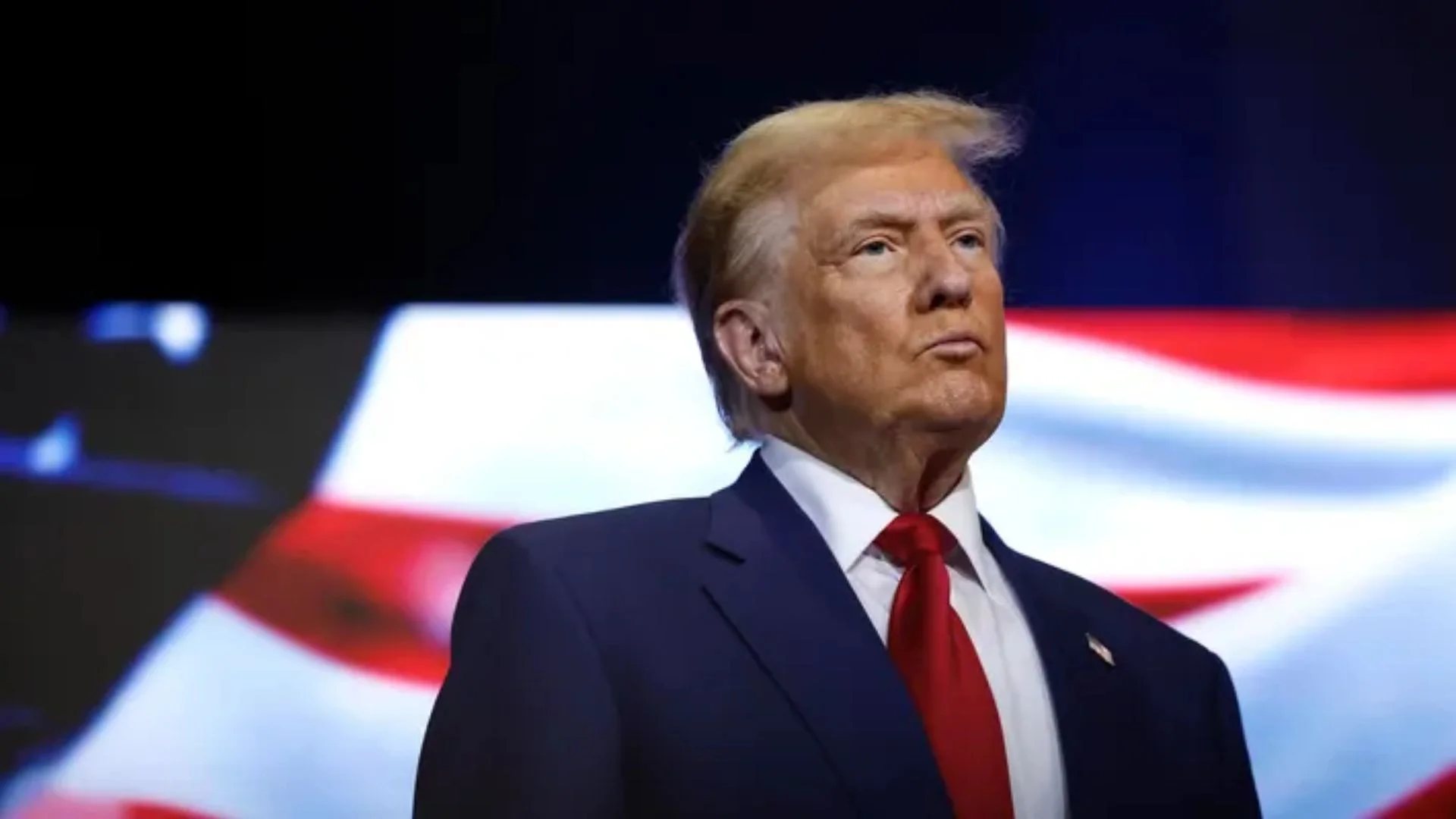As the number of mass shootings in America continues to rise, gun control — a term used to describe a wide range of restrictions and measures aimed at controlling the use of firearms — remains at the center of heated discussions among proponents and opponents of stricter gun laws.
The United States has witnessing another year of record gun violence, raising domestic and international scrutiny of its comparatively loose gun laws and placing pressure on lawmakers to enact meaningful reforms.
The debate over gun control in the United States has waxed and waned over the years, stirred by frequent mass shootings in civilian settings. Gun violence is the leading cause of death for children and young adults in the United States. In particular, the ready availability of assault weapons and ammunition has provoked national discussion after multiple mass shootings of school children, most recently in Uvalde, Texas. However, Congress has repeatedly been unable to pass meaningful gun legislation in the wake of these tragedies despite broad public support for new restrictions.
Red flag laws, also known as Extreme Risk Protection Orders, allow police to temporarily seize legally owned guns from people who a judge has ruled to be a danger to themselves or others. A judge’s emergency order can be issued even in cases where a gun owner has no criminal record or history of mental illness. Opponents say this violates the right to due process, as the orders can be issued by a judge without the subject present to object.
There are 19 states and Washington DC that have red flag laws. Only two of those states – Florida and Indiana – have Republican-controlled legislatures. The law just passed by Congress does not establish a national red flag law, but includes $750m in incentive payments for states to set up their own.
More states might be willing to set up their own red flag laws with the federal government funding. However, these laws will only be effective if high-risk individuals are quickly identified and firearms removed from them. Meanwhile, it could also lead such individuals to sue, citing the constitutional right to own firearms. This could certainly lead to the more restrictive laws being struck down by a federal court system that is increasingly sympathetic to gun rights.
With a few exceptions, federal law bars people under 21 from purchasing a handgun – though not a long gun like a rifle or shotgun. But many mass gunman – including most recently in Highland Park, Buffalo and Uvalde – have been able to legally purchase weapons despite being 21 or younger.
In several attacks, the gunman had previously exhibited behaviour – such as making violent threats – that may have prevented him from passing a background check and buying a gun. But that information had not been submitted to the FBI’s background check database.
Recent years have seen some of the worst gun violence in U.S. history. In 2021, guns killed more than forty-five thousand Americans, the highest toll in decades; and the upward trend is on track to continue. Many gun control advocates say the United States should look to the experiences of wealthy democratic peers that have instituted tighter restrictions to curb gun violence.
Gun ownership in the United States is rooted in the Second Amendment of the Constitution: “A well-regulated Militia, being necessary to the security of a free State, the right of the people to keep and bear Arms, shall not be infringed.” The United States, with less than 5 percent of the world’s population, has 46 percent of the world’s civilian-owned guns, according to the most recent report by the Switzerland-based Small Arms Survey (2018). It ranks number one in firearms per capita. The United States also has the highest homicide-by-firearm rate of the world’s most-developed nations. Many gun rights proponents say these statistics do not indicate a causal relationship. However, the right to bear arms is not unlimited. The U.S. Congress and state legislatures have authority to enact controlling legislation, and the U.S. Supreme Court has upheld some firearms restrictions, such as bans on concealed weapons and on the possession of certain types of weapons, as well as prohibitions on the sale of guns to certain categories of people. The Gun Control Act of 1968 prohibits individuals under eighteen years of age, convicted criminals, the mentally disabled, dishonorably discharged military personnel, and others from purchasing firearms. In 1993, the Brady Handgun Violence Prevention Act mandated background checks for all unlicensed individuals purchasing a firearm from a federally authorized dealer.
But some gun laws have not survived judicial review. For instance, in 2008, the Supreme Court struck down a Washington, DC, law that banned handguns, the court’s first ruling on the Second Amendment in nearly seventy years. Federal law provides the basis for firearms regulation in the United States, but states and cities can impose further restrictions. Some studies have indicated that states with more restrictive gun laws, such as California or Hawaii, have lower incidences of gun deaths, although researchers say more analysis is needed.
In recent years, Congress has debated changes to existing gun laws, typically in the immediate aftermath of a high-profile mass shooting, such as that in Las Vegas in 2017 (sixty people killed), or in Parkland, Florida, in 2018 (seventeen killed). But in almost every instance, legislation has failed to garner enough support. Ill-fated bills have proposed measures including an assault weapons ban, expanded background checks, and a prohibition on firearm sales to people on federal terrorism watch lists. As of mid-2022, there were no federal laws banning semi-automatic assault weapons, military-style .50 caliber rifles, handguns, or large-capacity magazines. There was also no federal requirement for those purchasing a gun to have any firearm safety training. There was a federal prohibition on assault weapons and on large-capacity magazines between 1994 and 2004, but Congress allowed these restrictions to expire.
To conclude, the licensing of handgun purchasers, background check requirements for all gun sales, and close oversight of retail gun sellers can reduce the diversion of guns to criminals. Reducing the incidence of gun violence will require interventions through multiple systems, including legal, public health, public safety, community, and health. Increasing the availability of data and funding will help inform and evaluate policies designed to reduce gun violence.
Dr S Krishnan is an Associate Professor in Seedling School of Law and Governance, Jaipur National University, Jaipur.
















